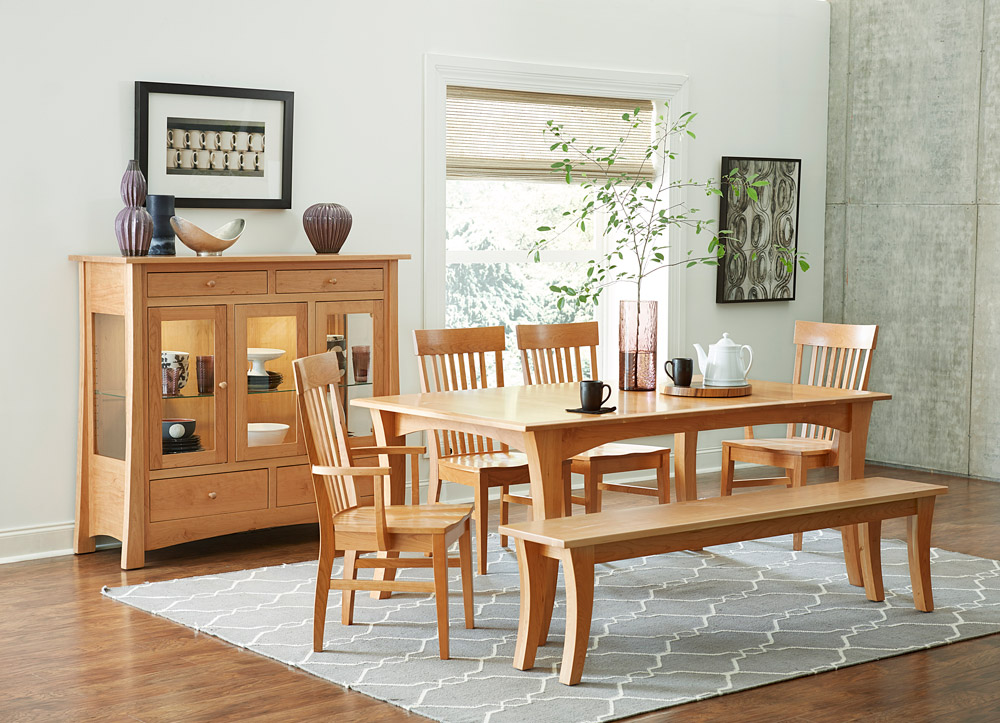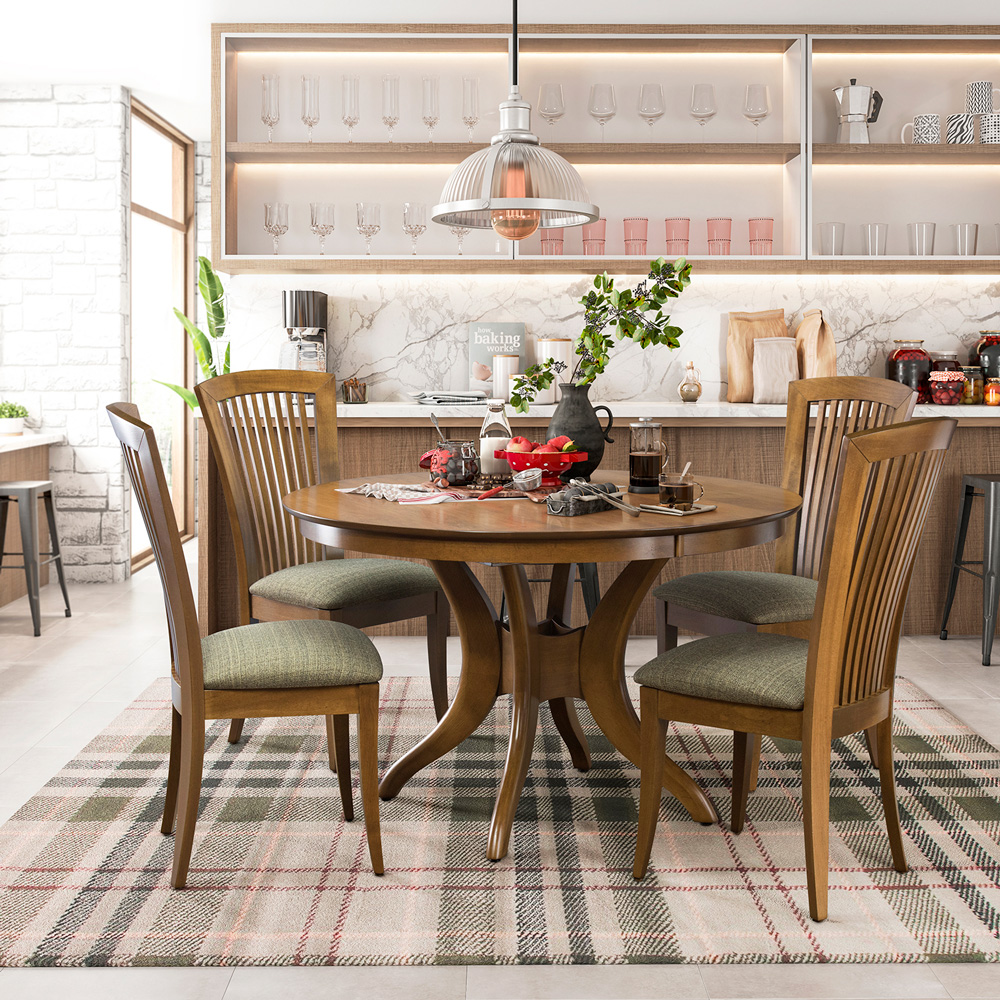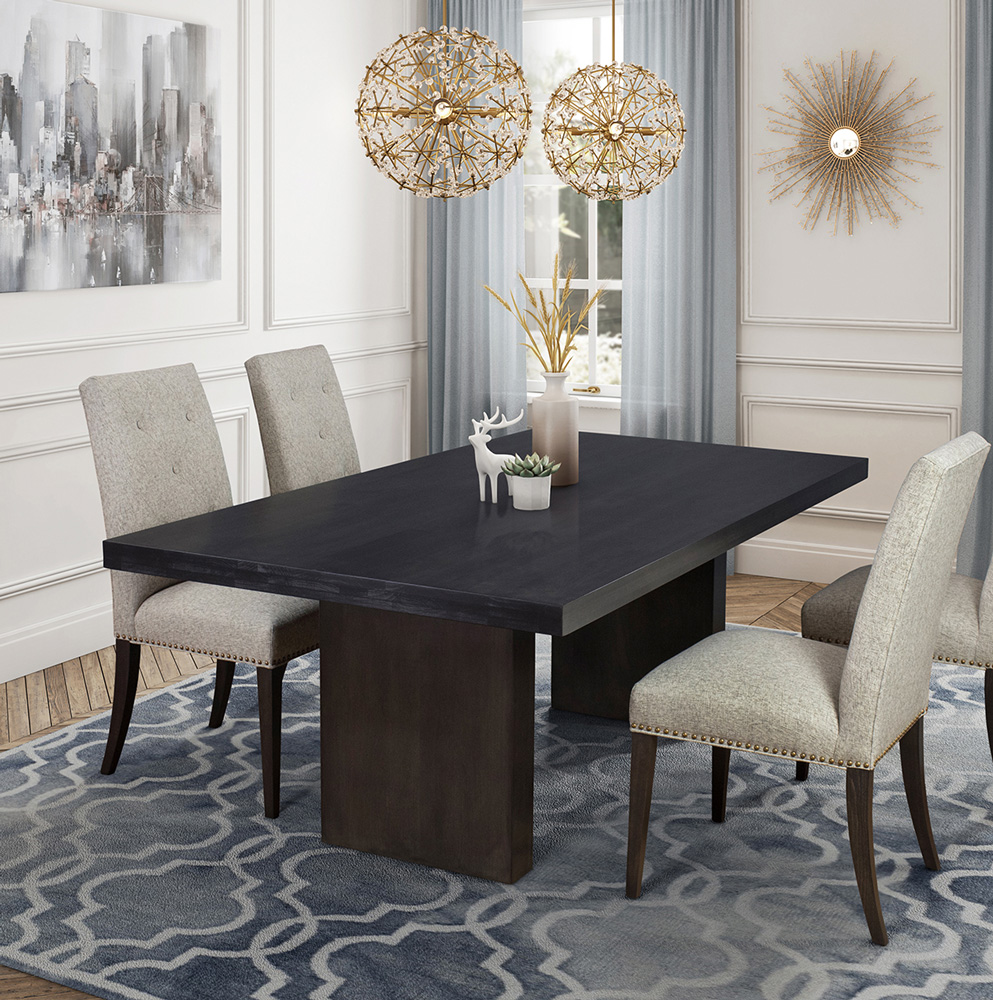The formal dining room, an emblem of conviviality and hospitality, has evolved significantly through the ages, reflecting changes in social norms, economic conditions, and architectural trends. From the grand banqueting halls of medieval castles to the multi-functional spaces of contemporary homes, the journey of the dining room through history is a fascinating one.
Evolution of the Formal Dining Room

In the medieval period, dining was a communal affair, with the great hall serving as the heart of the castle. These grand spaces, with their long tables and benches, accommodated the lord, his family, and numerous guests, symbolizing power and wealth. Meals were elaborate events, often accompanied by entertainment. The hall was not merely a place for eating but a center for social and political interaction.
As society transitioned into the Renaissance and beyond, dining rooms began to evolve into more specialized spaces. The Renaissance period saw the emergence of the “parlor,” a room designed for the comfortable reception of guests, which sometimes doubled as a dining area. This period emphasized refinement in dining practices and the art of conversation, with the dining area becoming a stage for displaying wealth and taste through ornate furniture including a large table, silverware, and tapestries.
The 17th and 18th centuries introduced the concept of the dedicated dining room in the homes of the aristocracy and the wealthy bourgeoisie. This period, especially in Europe, was marked by a surge in the production of luxury goods, including custom-made dining furniture, a crystal chandelier and imported tableware displayed in elaborate china cabinets. The dining room‘s design and decoration became a matter of personal pride and social status, with elaborate dinner parties serving as a means to cement social ties and flaunt one’s place in the social hierarchy.
The 19th century saw the dining room become a standard feature in middle-class homes, thanks in part to the Industrial Revolution, which made the mass production of furniture and dining ware possible. This era also introduced the concept of dining as a private, family-oriented activity, with the dining room serving as a space for intimate gatherings and the reinforcement of family bonds. The design of dining rooms became more about comfort and less about ostentation, reflecting the values of the burgeoning middle class.
The 20th century brought about dramatic changes in the function and design of the dining room, influenced by two World Wars, the Great Depression, and the rise of modernism. The formal dining room began to be seen as less essential, with many families opting for smaller, more casual eating areas such as kitchen tables and breakfast nooks that reflected a shift towards more informal lifestyles. The mid-20th century also saw the emergence of open concept living, where the dining area was often integrated into the living room, family room and eat-in kitchen, promoting a more communal and flexible approach to dining at a kitchen island or dinette set.
Today, the formal dining room is experiencing a renaissance of sorts, but with a modern twist. Contemporary design trends often blend the traditional with the modern, with dining spaces that are versatile and adaptable. Many homeowners now view the dining room as a multifunctional space that can accommodate not just dining and special occasions, but also work, study, and leisure activities. The design emphasizes comfort, functionality, and personal expression, with an emphasis on sustainable and locally sourced materials.
Moreover, the global pandemic has further influenced the evolution of the dining room, highlighting the importance of adaptable living spaces that can double as home office, game room and arts and craft station. With more people spending time at home, the dining room has regained its status as a central gathering place, adaptable to various needs from remote work to homeschooling, in addition to its traditional role in hosting meals.
The evolution of the formal dining room from early times to today tells a story of changing lifestyles, economic conditions, and cultural norms. From a symbol of power and wealth to a versatile space reflecting individual tastes and the needs of modern living, the dining room continues to adapt, proving its enduring significance in the home.
7 Formal Dining Room Trends in 2024
As we move through 2024, the formal dining room is witnessing a resurgence, adapting to contemporary lifestyles while embracing innovative design trends. This evolution reflects a broader shift in interior design, where functionality, sustainability, and personal expression are paramount. Here, we explore the key trends shaping formal dining rooms in 2024, from aesthetic choices to technological integrations and environmental considerations.
1. Multifunctional Spaces

The most significant trend is the transformation of the dining room into a multifunctional space. In response to the increasing demand for versatile living areas, dining rooms now serve multiple purposes beyond hosting meals. They double as spaces for remote work, virtual meetings, children’s homework stations, and intimate social gatherings. This shift has led to the integration of adaptable furniture—expandable dining tables, comfortable dining chairs and seating that transition from dining to lounging, and storage solutions that conceal work-related materials when not in use.
2. Sustainable and Natural Materials
Sustainability is at the forefront of design choices in 2024. Formal dining spaces are embracing eco-friendly materials, with a focus on locally sourced wood, bamboo, and recycled metals. These materials are not only chosen for their minimal environmental impact but also for their aesthetic appeal, adding warmth and natural beauty to the space. Additionally, there’s a growing preference for organic linens and sustainably sourced decor, reflecting a collective desire to create environmentally responsible and health-conscious living environments.
3. Biophilic Design Elements

Aligned with the sustainability trend, biophilic design principles, which seek to connect interior spaces with nature, are increasingly prominent in formal dining rooms. This approach incorporates natural light, indoor plants, and nature-inspired textures and patterns, creating a serene and inviting space. Large windows that offer views of outdoor greenery, skylights, and the use of water features enhance the dining experience, making it more tranquil and enjoyable.
4. Smart Technology Integration
Technology continues to play a crucial role in the evolution of formal dining rooms. Smart lighting systems that allow for customizable ambiance, integrated sound systems for music and entertainment, and sophisticated climate control for optimal comfort are becoming standard. This technology is designed to be unobtrusive, blending seamlessly with the room‘s aesthetics while enhancing functionality and convenience.
5. Bold and Personalized Aesthetics
In 2024, homeowners are moving away from cookie-cutter designs and embracing bold, personalized aesthetics in their formal dining rooms. Vibrant colors, eclectic furniture combinations, and unique art pieces reflect individual tastes and stories. This trend towards personalization allows for a more expressive and dynamic space, where traditional elements can be mixed with modern flair to create a truly unique dining experience.
6. Open-Plan Integration and Distinct Zones

While the open-plan concept remains popular, there is a nuanced approach to integrating the dining area with living spaces. Designers are creating distinct zones within open plans using architectural details, varied floor levels, and strategic lighting, allowing the dining area to maintain its significance without being completely separated. This design strategy ensures that formal dining rooms remain a focal point for gatherings while being part of the larger, communal space.
7. Luxury and Comfort
Finally, the dual pursuit of luxury and comfort defines the formal dining room in 2024. High-quality materials, exquisite craftsmanship, and attention to detail are key, providing a sense of luxury. At the same time, ergonomic designs in the dining room table and the inclusion of comfortable seating ensure that the space is welcoming and accessible for everyday use.
The formal dining room in 2024 is a testament to the evolving nature of home design, reflecting broader societal shifts towards sustainability, technology integration, and personalized living spaces. As we navigate the year, these trends highlight a collective desire for homes that are not only beautiful and functional but also adaptable and environmentally conscious.
